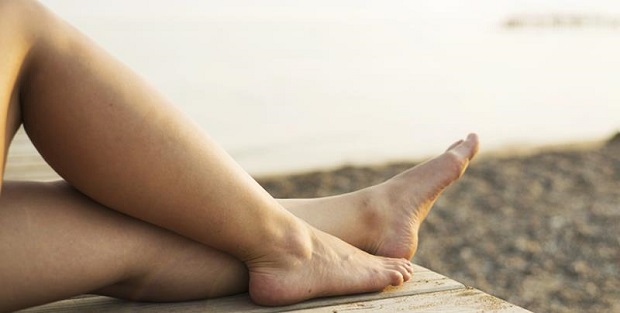WHAT YOU NEED TO KNOW – VARICOSE & SPIDER VEINS
Nov 5, 2015
Summer is just around the corner! It’s the season for shorts, sun, and fun, but many people feel that they can’t enjoy it. Why? Their legs aren’t looking as great as they could because of varicose and spider veins.
This is such a problem that we decided to talk to Dr. James Isobe, a vein surgeon with Brookwood Baptist Health’s Hoover Vein Clinic, about the best way to prevent and deal with this common problem.
What is the difference between varicose and spider veins?
Varicose veins are ropy veins just beneath the skin, measuring greater than 3 mm. Spider veins are superficial fine, spider leg-like veins at the skin level less than 1 mm.
How common is the problem of varicose and spider veins?
In the Western world, 1/4-1/3 of the population will have venous disorders. Ropy varicose veins are present in about 4.5% of the population.
What causes varicose and spider veins?
There are many causes for varicose and spider veins. The risk factors are genetics, pregnancy, obesity, age, prolonged standing/sitting, and trauma of the legs.
Should people visit their doctor if they have varicose or spider veins?
Yes. That is the only way to find out if there is an underlying problem that can be treated. An ultrasound of the venous system in the legs will help identify the major problem.
What is the most common treatment(s)?
For major venous valvular incompetence (venous reflux), office based, outpatient procedures under local anesthesia can normally take care of the problem. Major advances since 1999 have been made by using endovenous ablation methods, either with radiofrequency or laser heat sources. Most procedures are covered by insurance carriers when properly documented.
Spider Vein treatment is considered cosmetic by every insurance carrier. This makes it a cash only procedure, performed in an outpatient, office-based setting.
What are some common myths about varicose and spider veins?
Myth 1: The treatment of varicose veins is cosmetic. The truth is that when undergoing treatment for underlying venous disease, patients notice significant relief of symptoms such as heaviness, aching, swelling, throbbing, itching, cramping, and restless legs.
Myth 2: The treatment of varicose veins is painful. In actuality, the majority of procedures are performed under local anesthesia and most take minimal pain medication post procedure.
Myth 3: Anyone can treat varicose veins. To treat varicose and spider veins, you should visit a properly trained phlebologists who have the Diplomate of the American Board of Phlebology designation. Vascular surgeons are the ones qualified to care for venous disease in patients.
What are some ways to prevent varicose and spider veins?
There is no good way to prevent varicose and spider veins. Using 20-30 mm Hg compression hose/stockings will help relieve some of the symptoms of venous disorders, but this will never cure the problem. If you notice a problem developing, please see a doctor right away.
Think you may have varicose or spider veins? Visit Our Vein Center or call (205) 949-9289 to schedule an appointment today.
